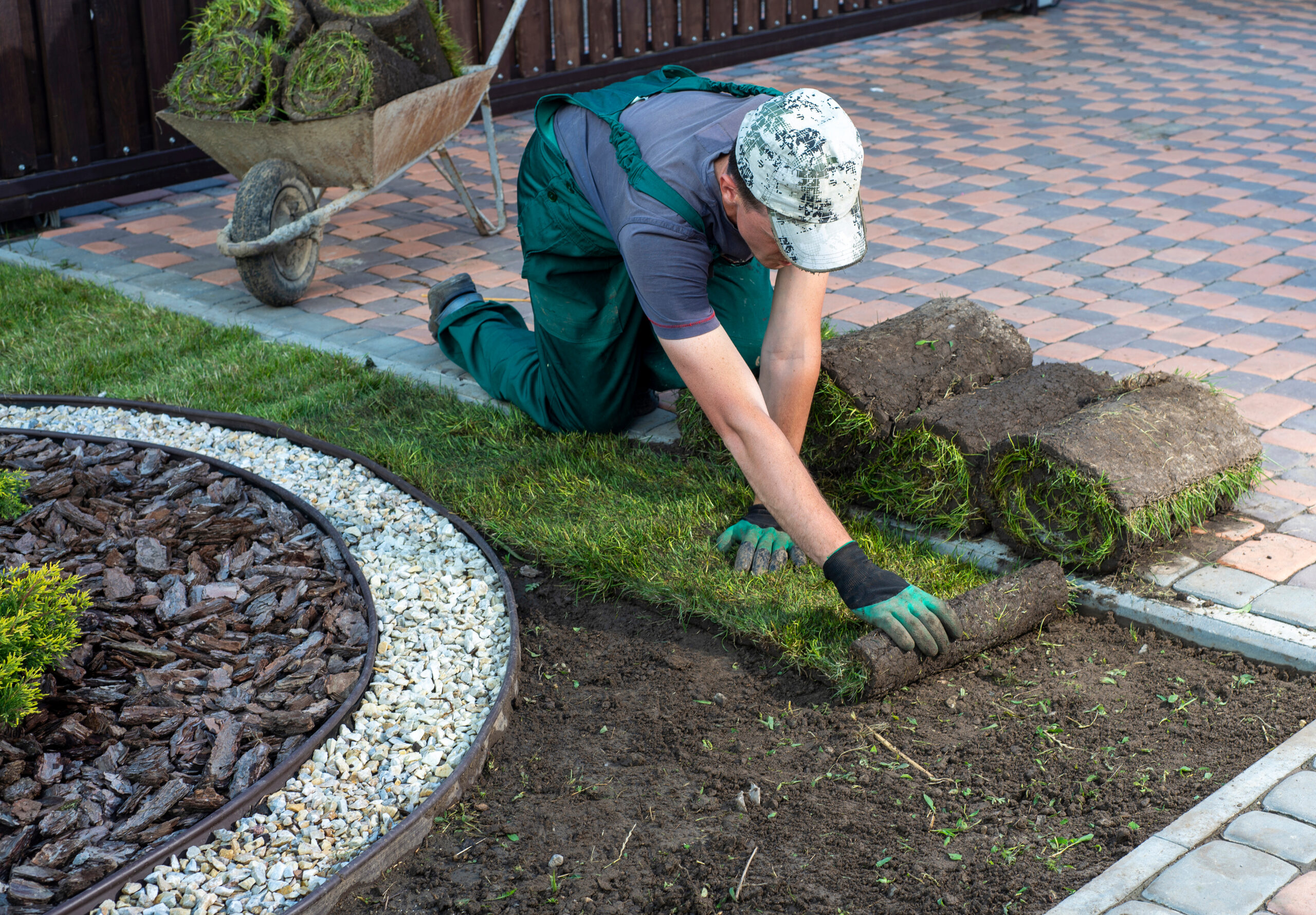What you Need to Know About Getting Insurance for your Landscape Business
Whether working as a sole trader or employing a number of staff – running a landscape business means that a decent level of insurance is required to cover anything from financial losses to (potential) lawsuits in the event of unforeseen circumstances.
Landscaping businesses have their own unique set of industry-specific hazards that need to be taken into consideration when looking for insurance policies – and it’s more than likely several will be required to cover every eventuality.
Here’s a guide to getting insurance for a landscape business – and everything that entails.
What issues will landscape business insurance cover?
Taking out specific insurance for landscape business is extremely important as there are a unique set of risks and challenges associated with working in this area that are sometimes not covered by traditional insurance.
There are common risks that might happen to anyone working in other industries such as illness and injury, or damage to property or possessions. However, here are some more specific factors that are worth considering, such as damage or accidents that occur due to the use of specific gardening equipment/tools or injury – or long-term illness that happens after accidental exposure to industry-specific chemicals. Adverse weather events like heatwaves, flooding, and heavy snow can affect and impact the type of coverage that might be required.
The final points to consider are the size of the business, the number of employees, and its location – in order to assess what insurance is best.
Different types of landscape business insurance policies that might be required
It’s worth noting that there are ‘all purpose’ policies that provide a good standard of cover. These are called business owner’s policies (BOP). They’re a bundle package that combines general liability insurance, property insurance, and business income coverage into one. They can help landscape businesses cut costs, while still offering everything needed for safe working practices. Here are some of the other individual policies that are required.
Business property insurance: Cover if business property is damaged – for instance if there’s a bad weather event or fire that destroys a building.
General liability insurance: Claims in the event a client has an accident involving company equipment. For example if they cut themselves on a spade, or trip over a mower and break a leg. A general liability policy covers any legal costs and medical expenses.
Commercial auto insurance: Cover for any vehicles that are used by the business. Any accidents that occur or damage to property by a vehicle are covered. For example, if an employee is driving a landscape business van and accidentally runs into a wall, commercial auto insurance provides cover for the vehicle, injuries, and potential damage to the property.
Inland marine insurance: This relates to repairs or replacement to business property that’s stolen or damaged in transit – or while being stored elsewhere. If tools are left overnight at a client’s property and they get stolen or are damaged, inland marine insurance would cover the cost to replace them.
Tools and equipment insurance: Covers repair costs or if there’s a need to replace tools that are stolen from the business site, or from elsewhere.
Conclusion
Landscaping businesses need their own very specific policies to ensure they can run smoothly and effectively at all times. From a legal standpoint, it’s extremely important to make sure that the right policies are in place to protect employees and equipment from any possible problems.

